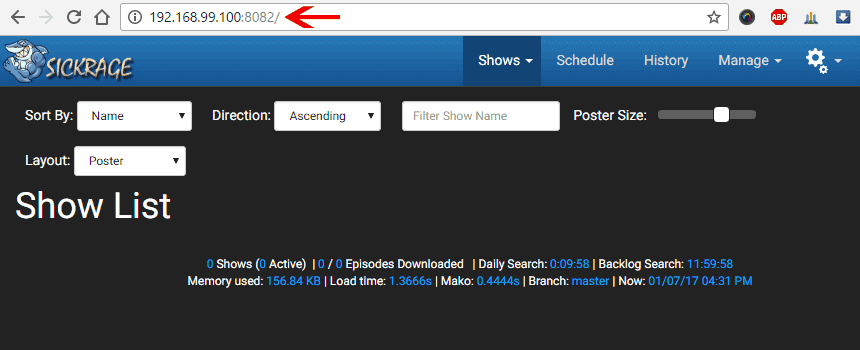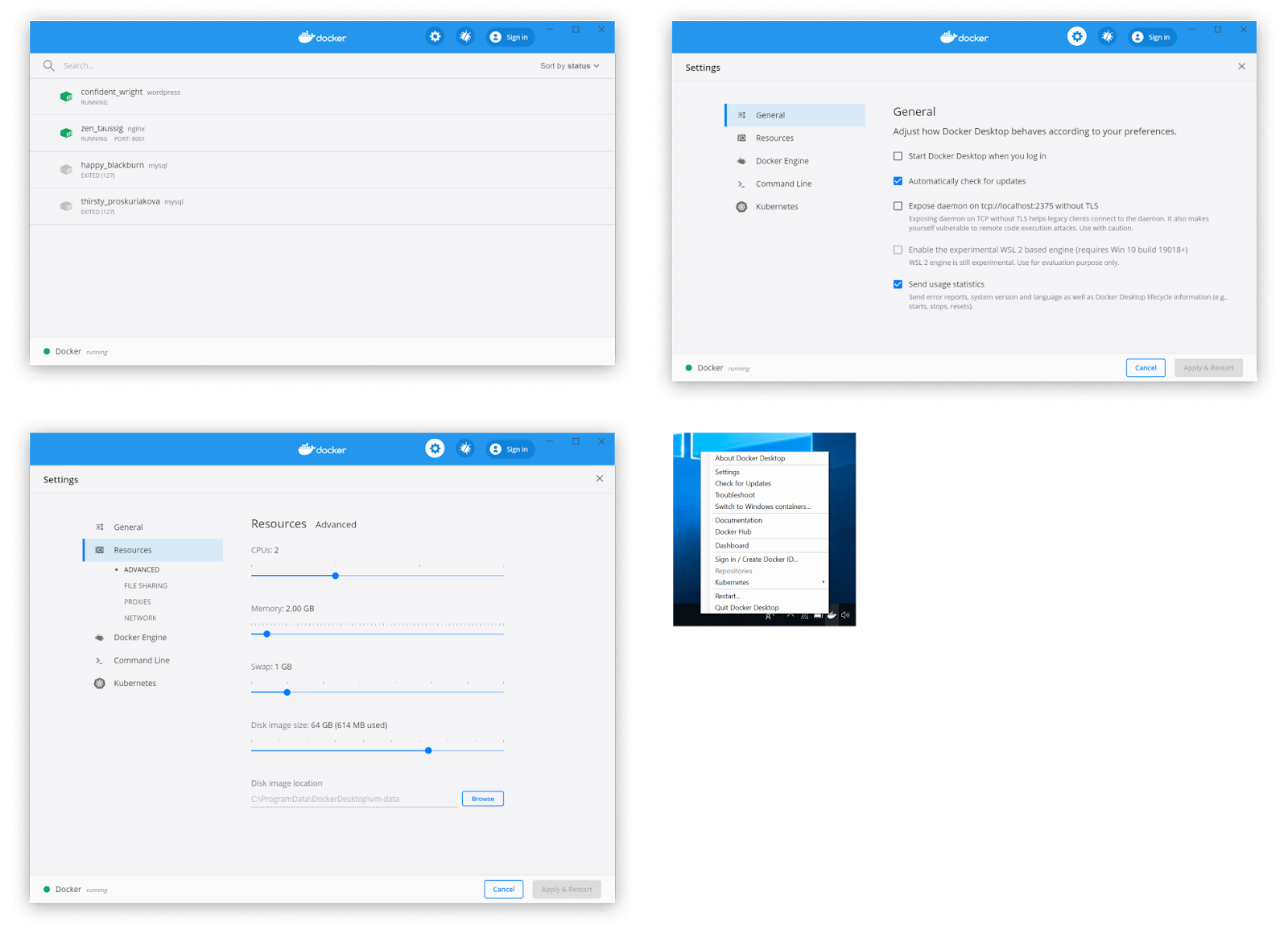

- #KITEMATIC CONFIGURE NETWORK INSTALL#
- #KITEMATIC CONFIGURE NETWORK SOFTWARE#
- #KITEMATIC CONFIGURE NETWORK CODE#
- #KITEMATIC CONFIGURE NETWORK SERIES#
- #KITEMATIC CONFIGURE NETWORK FREE#
A container is a lightweight solution that runs on the host machines kernel. For more information on Dockerfiles, visit the official Dockerfile Best Practices documentation.ĭocker is a platform that provides an isolated secure packaging solution for run time applications through what is called a container. This guide helps cover the basics of using Dockerfiles to build images.

#KITEMATIC CONFIGURE NETWORK CODE#
The premise is that code is deployed more efficiently, significantly reducing the delay between writing code and running applications in production. It may be a little different methodology than the typical development and operational environments you are used to using in the past.
#KITEMATIC CONFIGURE NETWORK SOFTWARE#
The intent of the design is to separate applications from the infrastructure to deliver software and services faster.
#KITEMATIC CONFIGURE NETWORK FREE#
Although we'll cover the process briefly you'll want to have created a free account with AWS, Azure, and Google Cloud preferable before you begin if you are watching the live demo in our meetup group.ĭocker is a platform designed for developing and shipping or running applications. Part III will be a continuation of Part II deploying our application as Microservices to the cloud using AWS, Azure, and Google Cloud, AWS. You'll want to have followed the instructions for installing Docker Desktop in Part I and be ready to create an application together. You don't need to be a coder, but it would be good to have some knowledge of source repositories, and scripted coding before you begin as parts two and three are more of a hands-on and technical approach to learning. You'll be creating a web based application with a few Microservices. Part II will be more of a follow-along guide. The next two parts are going to get a bit more technical but easy enough to follow if all you want to do is listen. The next part will be available soon online as a YouTube presentation on the Stg Administrator channel. It's available below and provides an Introduction to Docker without getting too technical.
#KITEMATIC CONFIGURE NETWORK SERIES#
} I did the above and everything started working fine.Part 1 in the series is an introduction to the architecture and provides some exercises. Protected override void Execute( CodeActivit圜ontext context) Public sealed class Dumm圜odeActivity : CodeActivity To work around this issue, we add a dummy CodeActivity into the dependent assembly with the //class scoped attribute: If a custom assembly uses a dependent assembly (reference) which is needed to run activities, //they will not get deployed properly. If this is the case you will get “unknown type” errors on //build definition initialization: // TF215097: An error occurred while initializing a build for build definition xxxx: // The type ‘xxxx’ of property ‘xxxx’ could not be resolved. Here is an example from Valéry Letroye in the forum above: The solution for this? Add a dummy activity into the project. Since I moved my enumeration to the Business project that project does not have an activity. I have already added my TFS folder to the build server's "Version control path custom assemblies" therefore I knew the DLL was in the right place and TFS should see it.īasically TFS will NOT jump from a xaml workflow file to a DLL that does not have a Activity in it. You cannot edit this parameter, but you can save your build definition without it. The parameter EnumerationName could not be loaded because the type InArgument was not found. "Failed to load the following parameters:" After I did this I got the following error on my builds: I noticed a better place for it would be in the Business Layer project instead, so I moved. I had an enumeration that was in the "first level library". Project to test the Business Layer stuff Project to hold the first level library (contain my custom activities) I have been working with this solution I have 4 projects: `- WARN enoent ENOENT: no such file or directory, open 'D:\Temp\package.json' Just telling the https traffic to go through the same proxy. Npm config set https-proxy the same address on the first and second entries, that is normal. Well I am behind a Corporate enterprise, so I can the following command: Npm ERR! Please include the following file with any support request: Npm ERR! network 'proxy' config is set properly.

Npm ERR! network If you are behind a proxy, please make sure that the Npm ERR! network In most cases you are behind a proxy or have bad network settings. Npm ERR! network and is related to network connectivity. Npm ERR! network This is most likely not a problem with npm itself Npm ERR! network tunneling socket could not be established, statusCode=407 Pm-cli.js" "install" "vss-web-extension-sdk"
#KITEMATIC CONFIGURE NETWORK INSTALL#
I was getting this message when trying to run node js:ĭ:\Temp>npm install vss-web-extension-sdk


 0 kommentar(er)
0 kommentar(er)
